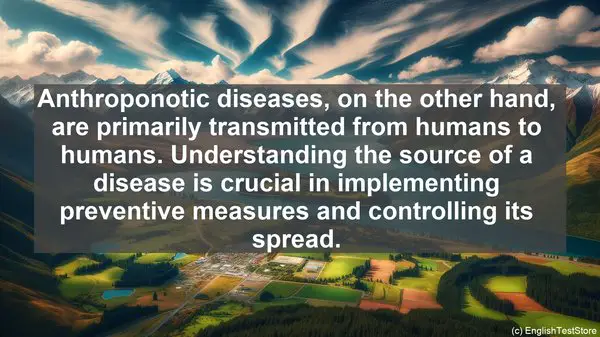Introduction
Welcome to our virological research class. Today, we will be discussing a topic that often leads to confusion – commonly confused words in virological research. Let’s dive in!
1. Virus vs. Bacteria
First up, we have the classic confusion between viruses and bacteria. While both are microscopic entities, they differ in many aspects. Viruses are acellular, meaning they are not complete cells, while bacteria are single-celled organisms. Additionally, viruses require a host to replicate, whereas bacteria can reproduce on their own. Understanding this distinction is crucial in research and treatment strategies.
2. Epidemic vs. Pandemic
Next, we have epidemic and pandemic. An epidemic refers to a sudden increase in the number of cases of a disease within a specific population and region. On the other hand, a pandemic is a global outbreak, affecting multiple countries or continents. The ongoing COVID-19 situation is a prime example of a pandemic. Recognizing the scale of an outbreak is vital for appropriate response and resource allocation.
3. Endemic vs. Epidemic
Now, let’s differentiate between endemic and epidemic. While both terms refer to the prevalence of a disease, they differ in scale. Endemic describes a disease that is consistently present in a particular region or population, often at a low level. In contrast, an epidemic, as we discussed earlier, involves a sudden increase in cases. This distinction helps in understanding the long-term impact and control measures required.

4. Incubation Period vs. Latency Period
Moving on, we have the incubation period and latency period. These terms are often used interchangeably, but they have distinct meanings. The incubation period refers to the time between exposure to a pathogen and the onset of symptoms. On the other hand, the latency period is the time between infection and the appearance of symptoms in diseases that can remain dormant. Understanding these intervals is crucial for disease surveillance and control.
5. Vector vs. Reservoir
Let’s now discuss the difference between a vector and a reservoir. In the context of infectious diseases, a vector is an organism, often an insect, that transmits a pathogen from one host to another. A reservoir, on the other hand, is a natural habitat or source where the pathogen resides and can persist. Identifying both vectors and reservoirs is essential in understanding disease transmission dynamics.
6. Antigen vs. Antibody
Next, we have antigen and antibody. An antigen is a substance that can trigger an immune response, such as a pathogen or a component of it. Antibodies, on the other hand, are produced by the immune system in response to an antigen. They help in neutralizing the pathogen or marking it for destruction. Recognizing the roles of antigens and antibodies is crucial in diagnostic tests and vaccine development.
7. Sensitivity vs. Specificity
Now, let’s differentiate between sensitivity and specificity. In the context of diagnostic tests, sensitivity refers to the ability of a test to correctly identify individuals with the disease, minimizing false negatives. Specificity, on the other hand, is the ability of a test to correctly identify individuals without the disease, minimizing false positives. Both measures are important in evaluating the accuracy of a test.

8. Outbreak vs. Cluster
Moving on, we have outbreak and cluster. While both terms refer to an increased number of cases, they differ in scale. An outbreak is a sudden increase in cases within a specific geographic area or population. A cluster, on the other hand, refers to a group of cases that are linked in time and place. Recognizing these patterns is crucial in identifying the source and implementing control measures.
9. Zoonotic vs. Anthroponotic
Now, let’s differentiate between zoonotic and anthroponotic diseases. Zoonotic diseases are those that can be transmitted from animals to humans, such as the recent COVID-19 outbreak. Anthroponotic diseases, on the other hand, are primarily transmitted from humans to humans. Understanding the source of a disease is crucial in implementing preventive measures and controlling its spread.
10. Prophylaxis vs. Treatment
Lastly, we have prophylaxis and treatment. Prophylaxis refers to preventive measures taken to reduce the risk of a disease, such as vaccination or the use of protective equipment. Treatment, on the other hand, involves interventions to alleviate the symptoms or cure the disease. Both aspects are essential in managing and controlling infectious diseases.
